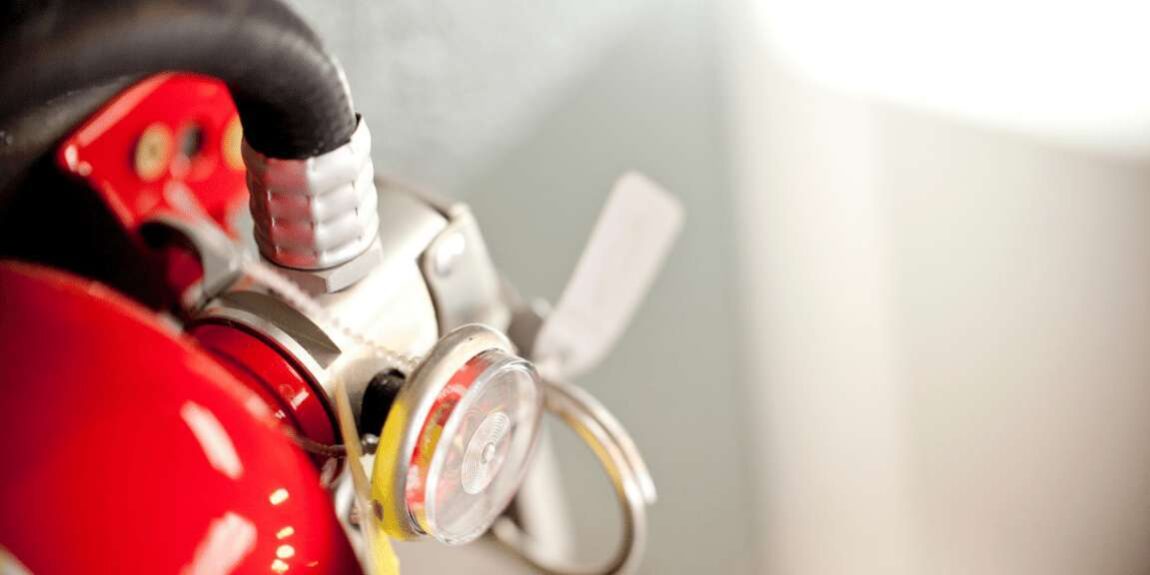In times of emergencies, having the right equipment can make a significant difference between life and death. Whether you are preparing for natural disasters, outdoor adventures or even everyday life, it’s wise to have a well-stocked collection of emergency equipment. In this comprehensive guide, we will explore the essential emergency equipment that you need to know about.
Emergency situations
There are various types of emergency situations that you can find yourself in. Here are some examples:
Natural disasters
This includes events such as earthquakes, hurricanes, tornadoes, floods, wildfires, tsunamis, blizzards, and severe storms. Natural disasters can cause widespread damage, power outages, and human displacement.
Medical emergencies
These can range from minor injuries to life-threatening situations. Examples include heart attacks, strokes, severe allergic reactions, choking, major bleeding, fractures, and sudden illnesses.
Accidents and trauma
This category encompasses incidents like car accidents, falls from heights, industrial accidents, sporting injuries, and other traumatic events that will require immediate medical attention.
Fires
Whether it’s a house fire, wildfire, or workplace fire, fires can quickly escalate and pose significant risks to life and property – evacuation, fire suppression, and first aid skills are essential during these types of emergencies.
Power outages
Sudden power outages can occur due to equipment failures, severe weather, or grid failures. These can disrupt daily life, compromise communication systems, and impact essential services.
Civil unrest or violence
Situations involving riots, protests, acts of terrorism, or even active shooter incidents can create dangerous and chaotic environments. It’s important to know how to stay safe, seek shelter, and follow instructions from authorities.
Water-related emergencies
Drowning, boating accidents, or incidents involving water bodies can be life-threatening. This is why it’s crucial to have water safety knowledge and skills, and to be prepared for water-related emergencies.
Environmental hazards
Exposure to hazardous chemicals, toxic substances, gas leaks, or radioactive materials can pose severe health risks – these emergencies require immediate evacuation, containment, and specialised assistance.
Search and rescue situations
This includes scenarios where individuals are lost, stranded, or trapped in remote areas, mountains, caves, or bodies of water. Search and rescue operations may be necessary to locate and provide assistance to those in distress.
Pandemics and disease outbreaks
Public health emergencies, such as the recent COVID-19 pandemic, can have significant impacts on society. These emergencies require adherence to safety guidelines, infection control measures, and access to medical resources.
Basic emergency equipment
When it comes to emergency equipment, there are some basic go-tos that can be applicable to a wide range of situations. These include:
First aid kit
A well-equipped first aid kit is an absolute necessity in any emergency situation. It should include items such as bandages, antiseptic wipes, gauze pads, adhesive tape, scissors, tweezers, pain relievers, and any necessary personal medications. Make sure you familiarise yourself with the contents of your first aid kit and ensure it is regularly restocked.
Flashlights and batteries
When power outages occur, having reliable flashlights with extra batteries is essential – LED flashlights are recommended for their long battery life and durability. Consider having multiple flashlights strategically placed throughout your home, along with spare batteries, to ensure easy access during emergencies.
Emergency whistle
An emergency whistle is a simple yet effective tool for signalling for help in critical situations. It can be heard from a distance and can assist rescuers in locating you quickly. You can keep a whistle on your keychain, in your backpack, or in your emergency kit.
Fire extinguisher
A fire extinguisher is an invaluable tool for combating small fires before they escalate. Place extinguishers in easily accessible areas of your home, such as the kitchen, garage, and near fire-prone areas – make sure to check and maintain the extinguisher’s pressure and have it serviced regularly.
Emergency blankets
Emergency blankets, also known as space blankets, are lightweight, compact, and designed to retain body heat. They are essential for maintaining body temperature in cold weather or during emergencies that require sheltering outdoors – try to keep several emergency blankets in your emergency kit or vehicle.
Portable radio
In situations where communication networks are down, a battery-powered or hand-cranked portable radio can provide vital information. Look for radios with AM/FM bands, NOAA weather alerts, and a built-in flashlight – keep spare batteries or a hand-crank charger as backup power sources.
Water filtration systems:
Access to clean drinking water is crucial during emergencies. Consider investing in portable water filtration systems or water purifying tablets to ensure a safe and reliable supply of drinking water – these devices can remove harmful bacteria and contaminants from various water sources.
Multi-tool
A multi-tool is a versatile tool that combines several functions into one compact device. It typically includes pliers, knives, screwdrivers, can openers, and more. Having a reliable multi-tool can prove invaluable for various tasks during emergencies, such as repairs or opening canned food.
Personal Protective Equipment (PPE)
Personal protective equipment is essential for safeguarding yourself and others during emergencies. This includes items such as gloves, masks, goggles, and sturdy footwear. Depending on the situation, additional protective gear such as hard hats or respirators may also be necessary.
Advanced emergency equipment
There may be some situations where more advanced equipment is required. Here are some examples of sophisticated equipment tools and equipment:
Winches
Winches are powerful tools that can be incredibly useful in emergency situations, particularly when dealing with vehicle recovery or moving heavy objects. A winch consists of a motor, a drum, and a cable or rope – it can be mounted on a vehicle or used as a standalone device. They are commonly used in off-road adventures, but can also be valuable in emergency scenarios such as pulling a vehicle out of a ditch or moving fallen trees blocking a road.
Generator
In prolonged emergencies or power outages, a generator can provide vital electricity for various needs. Generators can run on different fuel types such as petrol, diesel, or propane. They come in various sizes and power outputs, so consider your specific requirements when choosing one. A generator can power essential appliances, charge electronic devices, and keep medical equipment running. However, it is important to operate generators in well-ventilated areas to prevent carbon monoxide poisoning – follow safety guidelines and have fuel reserves and maintenance supplies on hand.
Rope and cordage
Having a selection of ropes and cordage in your emergency kit can prove invaluable in various situations. Nylon ropes are durable and have good strength-to-weight ratios – paracord, known for its versatility, is a lightweight and strong cord often used in survival situations. Ropes and cordage can be used for building shelters, setting up tarps, securing loads, creating makeshift harnesses, or even for emergency rappelling. It’s wise to familiarise yourself with different knots and learn basic rope handling techniques for maximum effectiveness.
GPS device or navigation tools
When venturing into unfamiliar territory or during emergency evacuations, you’ll need to have reliable navigation tools. A GPS device can help you pinpoint your location, track your movements, and find the nearest safe routes. You should also consider having a compass and topographic maps of your area. Learning how to use these tools can help you navigate without relying solely on electronic devices that may lose power or signal.
Portable power banks
In today’s digital age, having a portable power bank is essential for keeping your electronic devices charged during emergencies. These compact devices store electrical energy and can provide a quick charge to smartphones, tablets, or other USB-powered devices. You should look for power banks with high capacity and multiple charging ports – make sure to keep them fully charged and store them in your emergency kit or go-bag.
Satellite phone
In remote areas or during natural disasters that disrupt cellular networks, a satellite phone can be a lifeline for communication. These phones use satellites to establish connections, allowing you to make calls or send messages when traditional communication methods are unavailable. While satellite phones can often be expensive and require subscriptions, they can be vital in emergency situations where regular communication is compromised.
Here at Atlas Winch Hire & Hoist Services, we stock a range of reliable winches that can be used in a variety of emergency scenarios. From hydraulic winches to hoisting equipment, we’ve got you covered – get in touch with us today at info@winchhire.com to find out more about our services.








